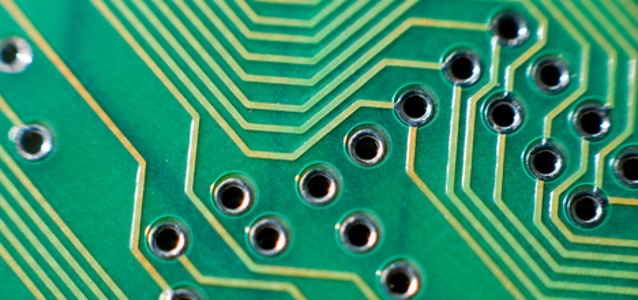
TPCA: Taiwanese PCB output reached a new record high
According to TPCA (Taiwan Printed Circuit Association), Taiwanese companies across the strait had a PCB output of NTD 817.8 billion (about USD 29.308 billion), which increases by 17.5% from NTD 696.3 billion in 2020.
The output calculated in NTD dollars has reached a record high. It not only exceeds NTD 800 billion, but also has its first double-digit growth rate since 2010 with a 5-year growth streak. The output calculated in USD dollars has a growth of 24.1% due to the fluctuations in the exchange rate.
Looking to the year 2022, manufacturers of the substrate have continuously expanded their production capacity while the penetration rate of 5G cell phones and EVs continue to rise with the global trend of coexisting with COVID-19, which promotes the recovery of the overall economy. Optimistically, it is expected that Taiwanese companies' combined domestic and foreign output will increase by 6.5% to reach another record high for the PCB output. the TPCA reports.
”In 2021, Taiwanese companies’ PCB production in Mainland China accounted for approximately 63.4%. While the PCB output of Taiwanese companies across the strait reached a record high, the production ratio in Mainland China and Taiwan remained balanced. It seems that many factors, such as the recent geopolitics, global pandemic, China’s power rationing, and IC shortage, have promoted Taiwanese companies to employ different deployment strategies for domestic and overseas investment. Regional production has been emerging,” TPCA writes in the update.
According to the performance forecast for each PCB product of Taiwanese companies in 2021, except for the rigid-flex boards whose performance is constrained due to product applications, other PCB products have been prosperous, especially the IC substrate, followed by multi-layer board, flex board, HDI, single-sided and double-sided board.
The IC substrate benefits from the demand for high computing ICs, while the high-speed memory drives the need for advanced processes. There was great demand for the ABF substrate and BT substrate throughout the year, with an annual growth rate of 33.1%. The multi-layer board benefits from the work-from-home, stay-at-home economy, and strong demand for servers. It has an annual growth rate of 21.6%, only next to that of the IC substrate. There is strong demand for the flex-board for products, such as cell phones, laptops, tablets, and automobile electronics, with an annual growth rate of 18.2%. In addition, the HDI and single-sided and double-sided boards have growth rates of 13.5%, and 8.1% respectively.
Looking into 2022, there is still great demand for 5G products and the awareness about carbon reduction is rising worldwide, which drives the penetration rate of EVs. While the global pandemic is not over yet, with the trend of coexisting with the COVID, it is expected that the global economy will keep on track. Additionally, Taiwanese companies of the IC substrate are still expanding their production capacity.
Despite some optimism, the global inflation, geopolitical conflicts, material shortage, slowing demand for laptops and tablets after the pandemic, and global net-zero trend are disturbing factors that may impact the PCB industry, the TPCA concludes.

